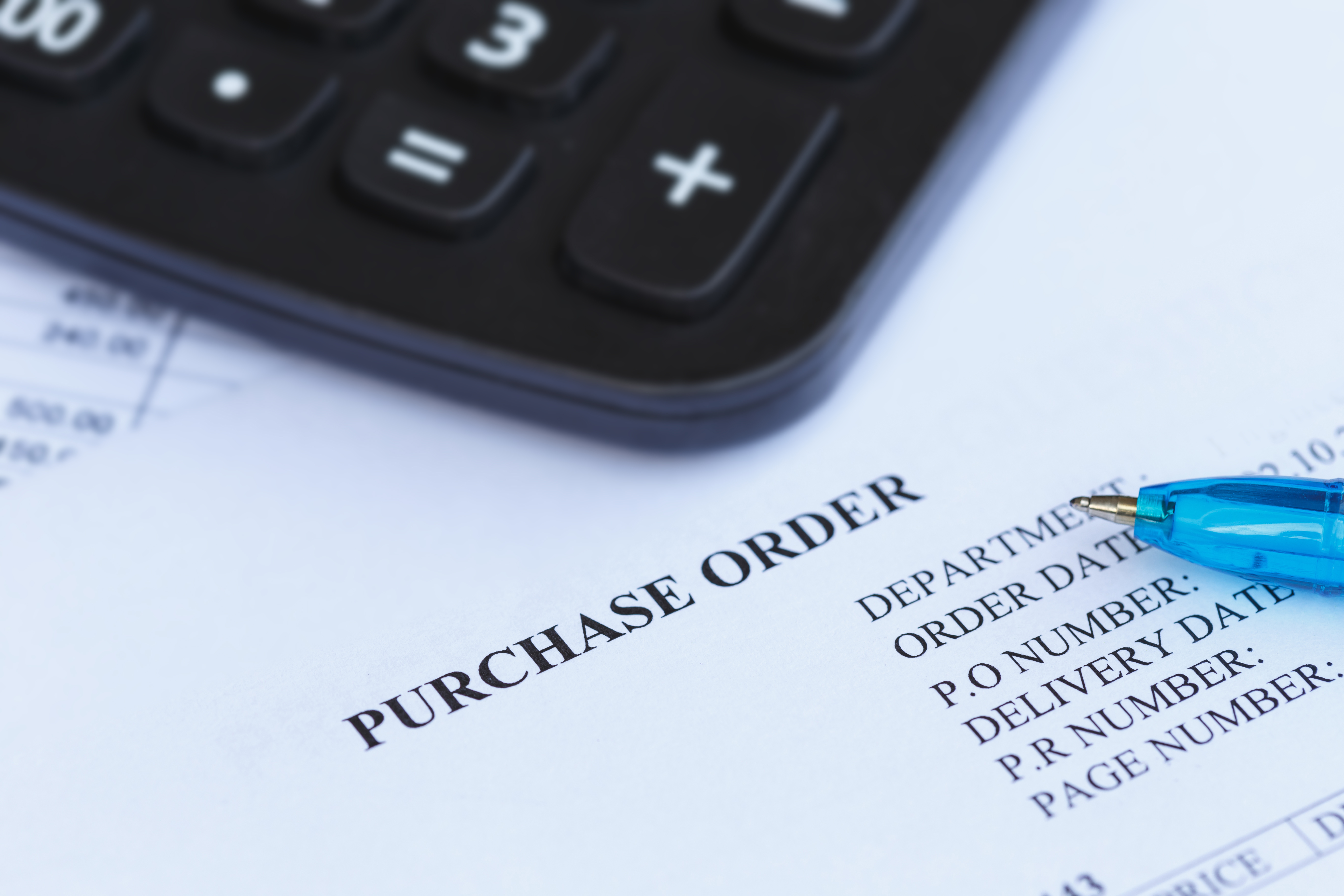Purchase Orders and Invoices: How Do They Work?
At the beginning of a transaction, the buyer (or client) of a product/ service creates and issues a Purchase Order. It specifies the details of a transaction, such as items/ services, quantity, and the agreed-upon cost. A properly completed purchase order should be thorough enough that the seller understands it without having to ask questions. In addition, the purchase order is legally binding because both parties have authorised it.
The purchase order number, generally at the top of the form, will be referenced throughout the transaction, such as in client phone conversations, shipping forms, and invoices.
The seller issues an invoice at the end of the transaction once fulfilling the terms outlined in the purchase order. The invoice is the bill. It will contain the items/ services delivered or offered by the supplier, as well as the quantities and prices. It will also provide the P.O. number to demonstrate that this transaction was pre-approved. The buyer must pay it within the conditions originally agreed upon receipt (for instance, the seller may require payments from all its vendors within 30 days).
What Is the Difference Between a P.O. Invoice and a Non-P.O. Invoice?
A P.O. invoice includes the purchase order number in the invoice. Non-P.O. invoices do not. A non-P.O. invoice indicates that no purchase order was generated or necessary for the billed transaction. Possible reasons for not producing a purchase order include the following:
- The order was urgent and was processed promptly (the customer did not have time to issue one).
- The transaction was for less than a certain amount of money. Many businesses have a policy of not issuing purchase orders for every transaction, only those that surpass a certain financial level. A corporation, for example, may not require purchase orders for all transactions under £10,000. If it does, a purchase order is necessary for approval by management.
- The company that requires the service/ product is so small that it cannot implement a functional accounting or purchase order system.
How Do I Get a P.O. Number?
Although a small business may create its own purchase order template and assign numbers to each new order, acquiring a professional purchase order system will save significant time and work.
Accounting software will produce fields for submitting purchase order information and assign each one a new unique number. A good accounting software system will also route purchase orders for approval automatically.
What Should Be Included on a Purchase Order?
A Purchase Order requires comprehensive information so that it is not misconstrued later. Please see " Purchase Order Processing: How This Vital Document Aids Businesses" for an in-depth explanation of what should be included.







